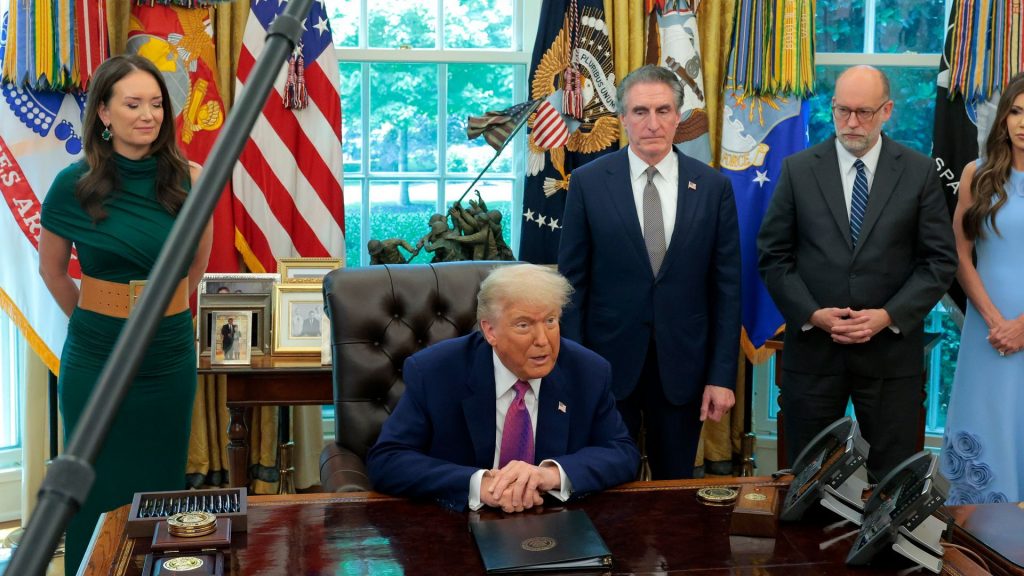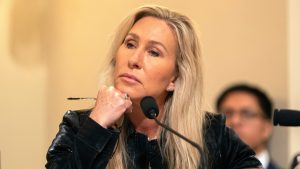Trump plans to ‘phase out’ FEMA, shift disaster response to states

As speculation has swirled about the future of the Federal Emergency Management Agency (FEMA) for months, President Donald Trump said he intends to “phase out” the disaster relief agency after this hurricane season. Trump said it’s part of a broader plan to shift disaster response responsibility from the federal government to individual states.
Trump’s plan
“We want to wean off of FEMA, and we want to bring it down to the state level,” Trump said during an Oval Office briefing on Tuesday, June 10. “A governor should be able to handle it, and frankly, if they can’t handle it… then maybe they shouldn’t be governor.”
Trump said the future recovery funds would come directly from the president’s office, with less federal money overall. “We’re going to give out less money,” he said. “We’re going to give it out directly. It’ll be from the president’s office. We’ll have somebody here, could be Homeland Security.”
He added that the wind-down would begin “after the hurricane season.”
Unbiased. Straight Facts.TM
The biggest beneficiaries of FEMA money from 2015-2024 include Florida ($2.5 billion), Louisiana ($2.4 billion) and Texas ($2.3 billion).

Stronger than average hurricane season
Trump’s announcement follows the National Oceanic and Atmospheric Administration’s (NOAA) prediction of a particularly strong hurricane season in the United States, which began on June 1 and ends on Nov. 30. There are currently 10 hurricanes forecast.
A longstanding promise
Homeland Security Secretary Kristi Noem, standing alongside Trump, echoed the administration’s intent and have promised to dismantle FEMA.
“FEMA fundamentally needs to go away as it exists,” she said, calling the agency ineffective.
“We all know from the past that FEMA has failed thousands, if not millions, of people,” Noem said. “President Trump does not want to see that continue into the future.”
Ongoing efforts
While FEMA continues to coordinate for the 2025 hurricane season, Noem said the administration is working to build mutual aid agreements between states to strengthen local responses.
“While we are running this hurricane season, making sure that we have prestaged and worked with the regions that are traditionally hit in these areas, we’re also building communication and mutual aid agreements among states to respond to each other so that they can stand on their own two feet with the federal government coming in catastrophic circumstances with funding,” Noem said.
Noem and Defense Secretary Pete Hegseth are leading a FEMA Review Council charged with downsizing the agency and reevaluating its core mission. Full details are expected to be released later this year.
State concerns mount
Concerns have been raised by state officials who fear that local responses are inadequate compared to the resources available to FEMA. State officials have also expressed concern that they lack the necessary budgets and manpower to respond to natural disasters on their own.
The planned wind-down of the agency also comes as some of the most impacted states by hurricanes, and that receive a large swath of funding from FEMA, are traditionally red states, those that voted for Trump in 2024. Those states include Texas, Florida, Georgia, South Carolina, Louisiana and Mississippi.
Among those states, Florida, Louisiana and Texas are consistently in the top three nationwide in terms of funds from FEMA, particularly its Individuals and Households Program (IHP). According to federal data obtained by Newsweek from 2015 through 2024, Floridians received $2.5 billion, followed by Louisianans who received $2.4 billion, and then Texans who received $2.3 billion.
Critics call it a mistake
A former FEMA director, speaking anonymously, told CNN, “This is a complete misunderstanding of the federal government in emergency management and disaster response and recovery, and it’s an abdication of that role when a state is overwhelmed.
“It is clear from the president’s remarks that their plan is to limp through hurricane season and then dismantle the agency,” he continued.
Strained and understaffed
As Straight Arrow News previously reported, there are fears FEMA has entered an above-average Atlantic hurricane season lacking preparedness and the staff necessary to respond to disasters. It’s expected to lose nearly 30% of its workforce by the end of 2025, dropping from 26,000 to 18,000 employees. The agency has an annual budget of roughly $30 billion.
In response, Noem has reopened training centers and extended contracts for thousands of field workers.
Leadership shake-up
FEMA is now led by acting Director David Richardson, a former Marine with no background in emergency management. His appointment followed the firing of Cameron Hamilton, who was ousted after publicly opposing FEMA’s elimination.
Richardson initially planned to release an updated hurricane response plan but scrapped it, citing the ongoing agency review. He informed staff that FEMA would maintain last year’s operations for the time being.
An unclear path forward
The administration has not outlined a full replacement plan for FEMA, but Trump has hinted at stricter rules for receiving aid.
“The FEMA thing has not been a very successful experiment,” Trump said. “It’s extremely expensive, and again, when you have a tornado or a hurricane, or you have a problem of any kind in a state, that’s what you have governors for. They’re supposed to fix those problems.”





